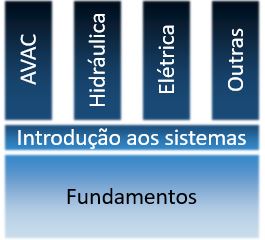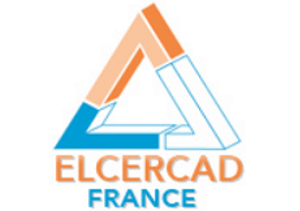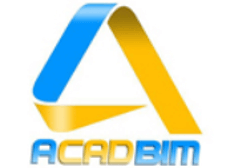
Also known as Revit MEP (Mechanical, Electrical & Plumbing), this is a piece of software that allows you to model AVAC, hydraulic and electrical systems. Until the 2013 release, Revit was separated into specialized versions that could be purchased individually; there was Revit Architecture, Revit Structure and Revit MEP, respectively for architecture, for structures and for MEP systems. As of the 2013 version, Autodesk started offering only two products: Revit LT aimed at architecture and Revit, which integrates all the functionalities. So, from version 2013, when mentioning Revit MEP or Revit for systems, we are talking about the Revit software that integrates all the functionalities, referring to the specific component for working with HVAC, hydraulic and electrical systems.
Working in these specialties involves three levels of skills and knowledge:

On the first level are the fundamentals that correspond to a series of concepts, techniques and commands that cut across any specialty. For example, concepts such as the Revit element hierarchy, the distinction between a type element and an instance element, interaction with the Software, how to work with the graphical representation, techniques for linking files together, annotation commands and detail, the ways to model families and compose a press sheet are matters that belong to these fundamentals.
On the second level are the specific knowledge of the systems in Revit; in this we include concepts, techniques and commands that, within the software, are common to several specialties. The way to create and configure pipes, conduits or cable paths, the techniques to configure the representation of systems in either 2D or 3D, the correct connection of elements, the creation and configuration of MEP connectors, the correct creation and configuration of families and the use of the systems browser are among the skills that must be acquired at this level of knowledge.
On the third level are the specific knowledge of each one of the specialties; in this we include the configurations, techniques and commands for modeling and designing in each of the specialties. It is at this level that we can specifically talk about using Revit to model AVAC systems, to model hydraulic systems for supplying building water, wastewater or other fluid systems for specific laboratories or industries, as well as fire safety systems, electrical systems or of communication.




